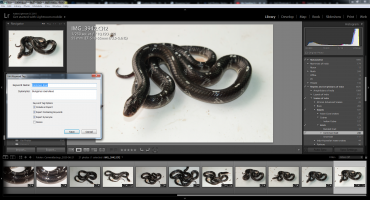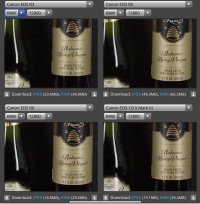Obviously Sony and Nikon believe to the contrary. And so does Fujifilm. The Z9, A1 both with higher megapixel offerings. One doesn't need 180mph capability on a 4 door sedan vehicle either. However it represents the vehicle horsepower. Not the speed the owner is going to drive commuting to the office. Like having a BMW suv with 90mph top end simply because the speed limit is 70
Reasonable analogy. However the missing piece is when the presence of the 'extra horsepower' actually makes it harder to perform the professional task it was required to. With those fast cars, you're burning through expensive soft tires driving the speedlimit to work, paying high fuel and maintenance costs, and only reaping the benefit a small fraction of the time (if ever, at least in the US) - despite having paid extra for all of it. With 5G spreading and WIFI bandwidths growing, this will be less of a problem in the future. But there are stories out there from pros about difficulty with the file size of the A1, to select, process, convert and send them all on the 10-15minute deadlines they have (only to have them downsized for web in most cases anyway). And they can afford the $5k Macbooks with hyperfast processors. One of the YT channels did a survey over the summer where the professionals they polled landed on about 30mp as the 'sweet spot'. Which would imply that Sony and Nikon overshot, and Canon undershot. I suspect that poll if given to forum users or hobbyists would have netted a much higher number as 'the sweet spot'.
Canon has way more data from their end users than we do, and they keep landing on these moderate megapixel numbers. And they keep selling tons of copies. So there must be something to their logic.
As a hobbyist, the largest print I can reasonably fit in my house is about 36" on the long side, maybe 42 or 48 if I got really crazy. And that is easily done with 20ish MP. The scenarios where more is better exist and have been beaten to death. But in general MP count seems psychological for most people more so than actually physically limiting. Why do Sony and Nikon go higher? I think they needed to get 8k video in their flagships. (And that might be what sets the floor on resolution for an R1 as well.) Nikon especially needed to go all in on the Z9, or risk extinction. That camera competes well with the A1 and R3, and is priced to buy market share, all while giving hope to the user base disappointed in the Z6 and Z7 II offerings that better tech is coming. Sony may have thought they'd be the first mirrorless to 8k, but got surprised by the R5. Who knows? Its fun to guess though.
To go to 80 or 100 and keep the speeds of a 1 series I think they'd need dual DIGIC Xs, which will burn through batteries. Pixel binning (mentioned earlier) still has a processor overhead and would seem to slow things down in some way as well, at least without extra hardware. Could they do 60 to top the A1? Maybe. But they never seem to play the specs game with their competitors. They have the R6 at 20mp going up against the newer Sony and Nikons in the low 30s, and selling very well. The R5 is insane. The R3 is winning over a lot of the early adopters out there with its IQ and focusing system. So I think Canon will surprise us with something in the R1. It could be megapixels, But if I were a gambling man I don't think it will be more than 50million of them!
For my personal wish list, if it were less than $7k, 45mp, dual CFE slots, no video overheating, QPAF, no shutter, 20FPS (or 30 if I could throttle it), and improved EVF, I would consider buying it as my last body ever. Even though I have no business with that much camera as a hobbyist. If I didn't already have the R6, the R3 would almost fit the bill for me. But the QPAF is something I think I'd want if I were going to drop that kind of coin for the last time.
-Brian




